Search
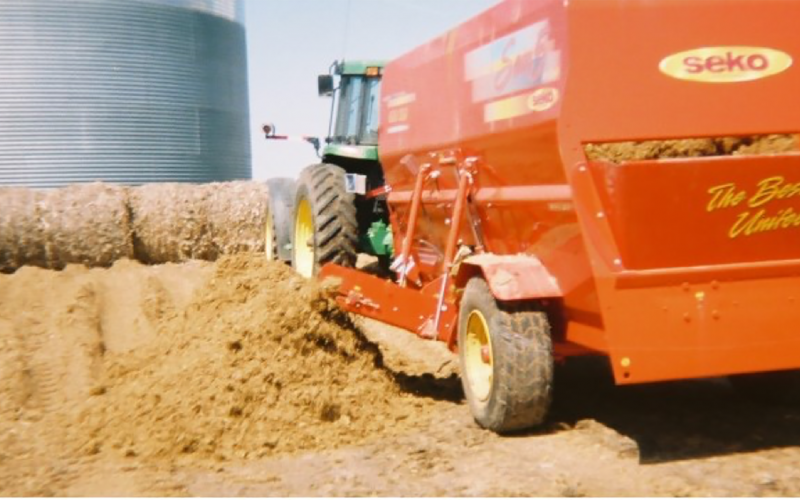
Storing Wet and Modified Distillers Grains
One of the primary challenges for livestock producers in the coming months could very well be feedstuff cost and availability due to the fact that the corn planted acreage and crop progress are both well behind normal benchmarks. One opportunity that might help cattle feeders proactively secure feed supplies would be storing wet or modified distiller’s grains now to be fed at a later date.
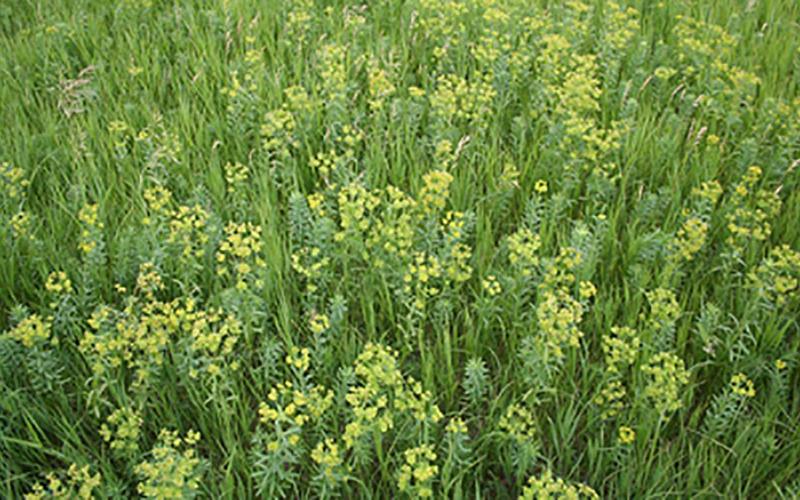
Spot Treatment Options for State Noxious Plants
When controlling grassland weeds, the mindset of row crop weed control may be put into practice too often. In most cases, broadcast control of weeds in grasslands is rarely necessary. Most often, spot treatment can be used more effectively to manage the noxious and invading weeds.
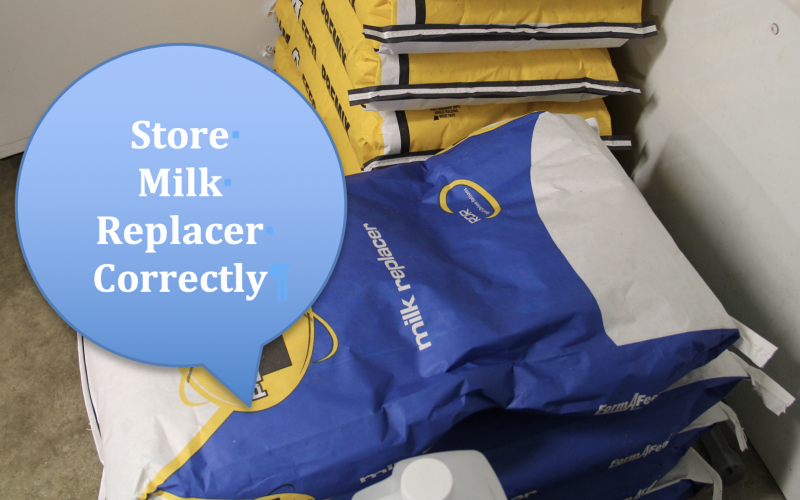
Ensuring Quality Milk Replacer Through Proper Storage
Milk is the source of nutrients in newborn mammals. When mother’s milk is not available, a milk replacer is utilized. To ensure the proper growth and health of the young newborn, it is critical provide a quality milk replacer and proper storage of this product is a key component for success.
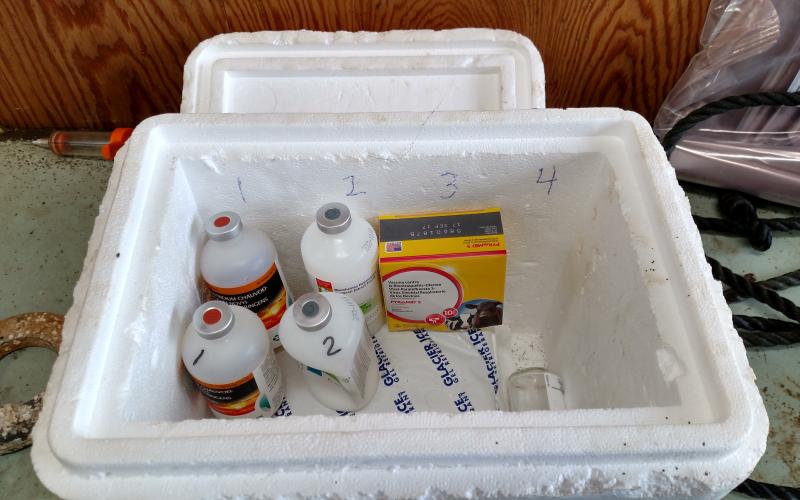
Keeping Your Vaccines Viable
Vaccines are a vital part of keeping all livestock healthy. Vaccines help in the prevention of disease, which results in less utilization of antibiotics due to fewer sick animals. A valid vet-client-patient relationship will help you as you select the vaccine of choice for your livestock health program.
![A herd of cattle gather around a stock pond on a vast, lush grassland. Courtesy: USDA [CC BY 2.0]](/sites/default/files/styles/teaser_800x500/public/2019-05/W-00231-00-cattle-grazing-grassland-pasture-range.jpg?h=8f818b46&itok=6GS1_Ww0)
SDSU Extension co-sponsoring Range Beef Cow Symposium for cattle producers
October 27, 2023
Colorado State University’s Department of Animal Sciences will host the 28th Range Beef Cow Symposium on Dec. 13-14 at The Ranch in Loveland, Colorado. There also will be a pre-symposium Beef Quality Assurance training on Dec. 12.
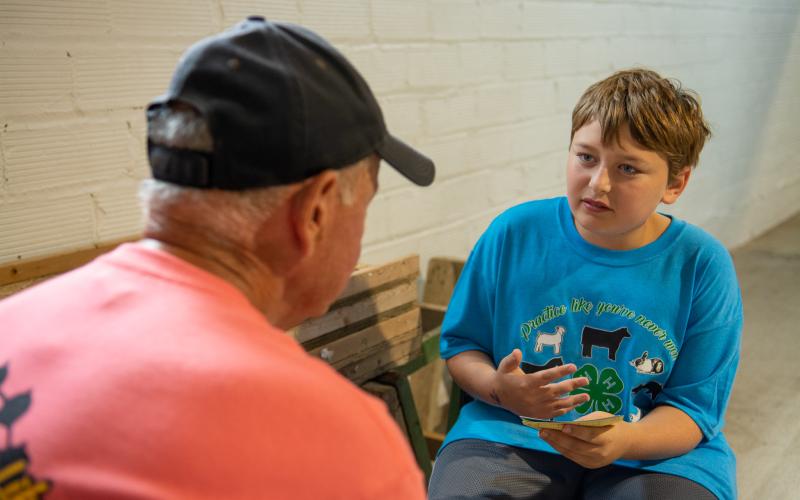
4-H Coach and Chaperone Application
4-H Volunteers interested in chaperoning or coaching a team should complete this form.
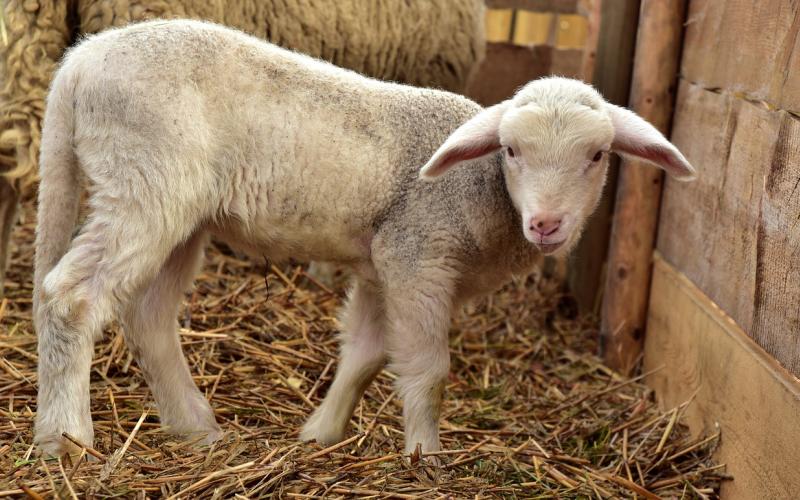
Importance of Lamb Nutrition Management to Avoid Acidosis
Acidosis (also known as lactic acidosis, grain overload, over-eating or grain poisoning) is a metabolic condition that most commonly occurs with lambs offered grain based diets, but can affect mature sheep.
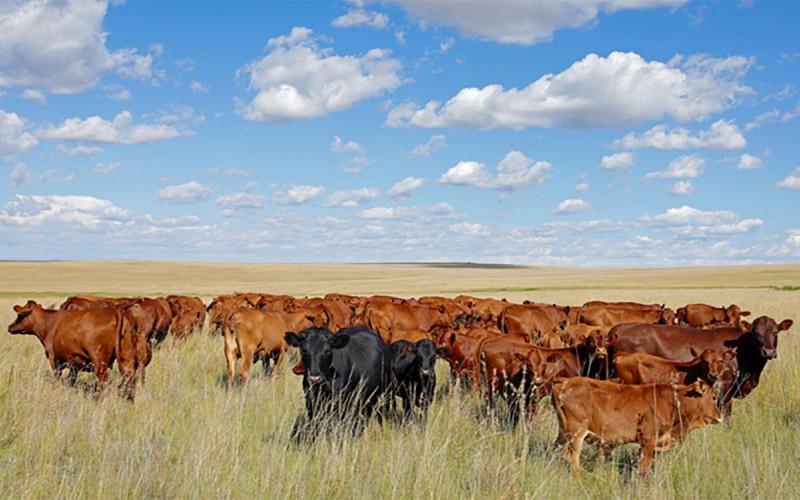
History and Current Value of the Range Beef Cow Symposium
In December 1969, four extension specialists from Colorado, Wyoming, Nebraska, and South Dakota developed a symposium to provide cutting edge information to beef cattle producers. Years later, this valuable tradition continues at the biennial Range Beef Cow Symposium.
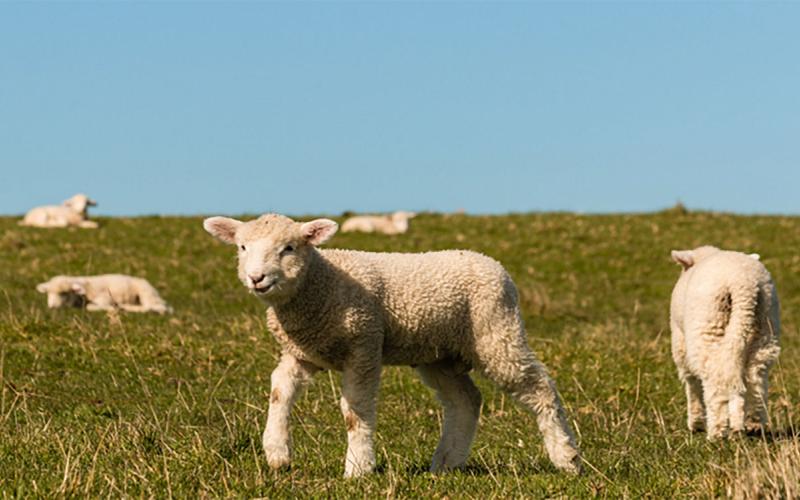
Breeding Ewe Lambs
Breeding ewe lambs can lead to an increase in the long-term flock productivity and profitability. Learn some expert tips to help determine whether breeding ewes is the right fit for your operation.
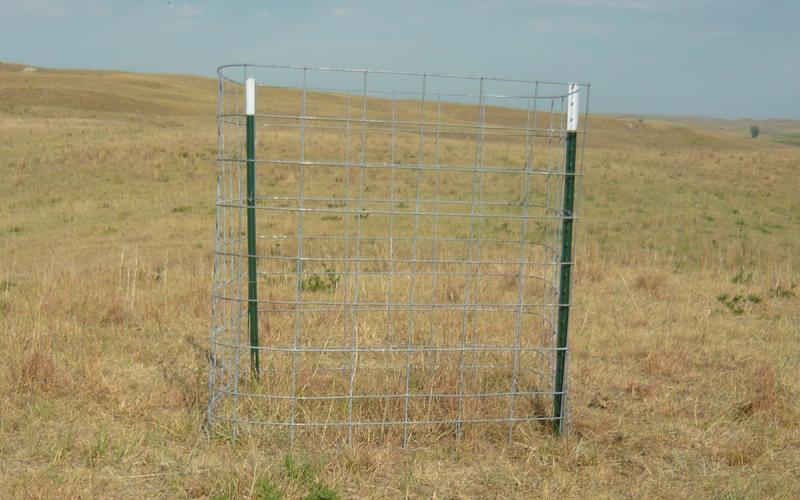
End-of-Season Monitoring
The end of the grazing season is a great time to monitor your pasture/rangeland resources. Learn about some strategies and tools available to help assess where you stand at the end of the season.